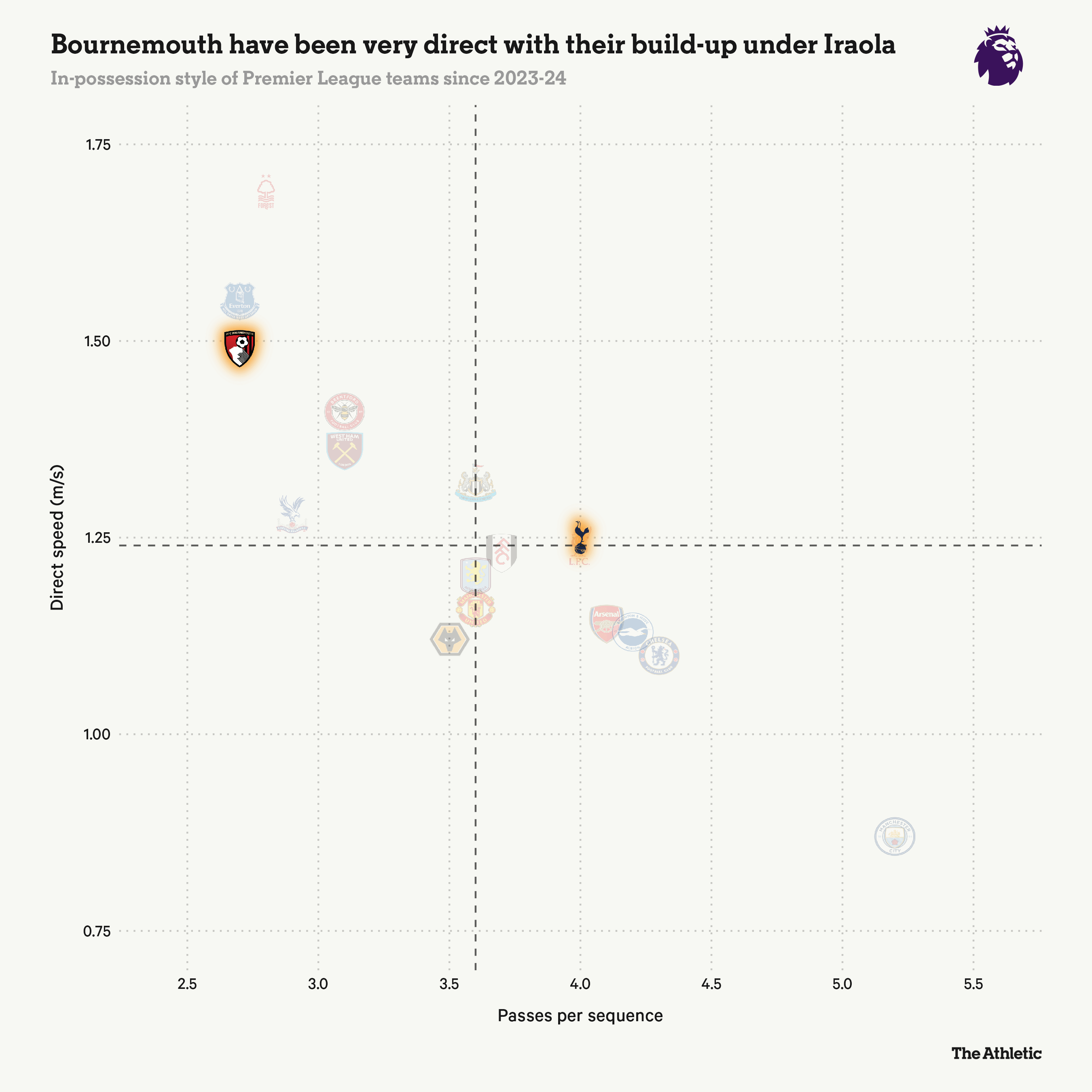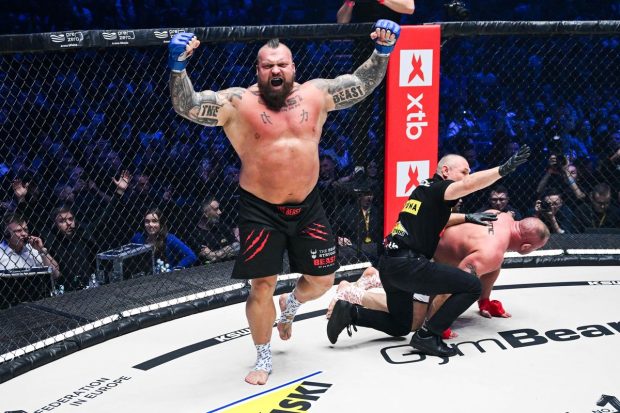
For more stories like this click here to follow The Athletic’s sports betting section and have them added to your feed.
Whether you like it or not, expected goals are here to stay.
Critics argue that analytics like xG are ruining the game by reducing it to complex metrics. On the other hand, proponents insist that luck and variance play a significant role in unexpected events on the pitch rather than any sort of mystical influence.
Advertisement
Though the debate between statisticians and purists on whether xG should be used in football has lessened in recent years, one thing is inarguable: if you want to be a better bettor, understanding the data and learning how it may be helpful – and misleading – is essential.
Full disclaimer: this isn’t just another xG explainer guide. Those exist all over the internet, including right here at The Athletic. Instead, we’ve created a piece for punters who want to sharpen their skills before placing their next wager. So, let’s kick things off with a fitting conversation starter: American baseball (no, really).
Your dream of being Billy Beane is dead
In 2003, Michael Lewis authored one of the most influential sports books of all time: “Moneyball: The Art of Winning an Unfair Game”. For those who refuse to entertain baseball or Brad Pitt movies, Lewis details how under General Manager Billy Beane, the Oakland Athletic’s – a financially challenged team trying to compete with deep-pocketed rivals – used analytics to reshape the sport’s competitive landscape.
One example that contributed to the A’s successes was their recognition that on-base percentage (OBP) mattered far more than the batting average. Beane pivoted away from the traditional emphasis on hitting skills (measured by batting average) and instead focused on acquiring players who excelled at getting on base (as measured by OBP).
Richard Scudamore has joined Moneyball’s Billy Beane in group aiming to buy a Premier League club
• RedBall have raised £440m to help the purchase
• One dealmaker describes the company as ‘fascinating’📝 @mjshrimperhttps://t.co/7VGPXM5v7B
— The Athletic | Football (@TheAthleticFC) August 22, 2020
As cutthroat as American baseball is, it’s absurd how this rudimentary statistic provided such a competitive advantage in the early 2000s. What would be just as outlandish is to think that you can now use xG in the same way to beat the bookmakers when wagering on the Premier League.
Unless you were among the handful of xG enthusiasts in the early 2010s lurking in the far corners of the internet and blogging about a new way to analyse football, you’ve likely been wagering in an era where the bookmakers are utilising that metric much better than you are.
Advertisement
Simply betting on a club underperforming their underlying xG totals or against one unsustainably exceeding theirs isn’t a competitive advantage anymore. Bookmakers’ models are better than yours, Billy, so don’t believe that in working with xG in 2025, you’ve discovered something as groundbreaking as OPS was in 2003.
So, what is the best way to use xG in the betting sphere? For starters, it’s important to understand how it might deceive you.
“Lies, damned lies and statistics!”
Mark Twain likely had no knowledge of the impact a defender’s position has when a shot was taken on a football pitch, but his words serve as a reminder that becoming overly obsessed with xG is not always a wise idea. Like any statistic, xG numbers don’t reveal universal truths – they’re merely a tool that needs context to be useful. The better you understand the context, the more likely you’ll be able to uncover value.
One of the places xG can often deceive you is in individual game results, as its predictive power is rooted in the aggregate. Give a respectable xG model 10, 20 or 30 games, and it remains one of the most predictive sports metrics. Take too much from a single match, however, and it can often do more harm than good.
In a single game, minor moments that tend to even out in the long term – a back pass gone awry or a bumbling clearance producing a point-blank chance – can skew xG totals. Take, for example, Bournemouth’s 1.67 xG total against Manchester City in last weekend’s FA Cup quarter-final.
If the Cherries can create nearly two goals worth of chances against a regrouped Pep Guardiola side, they should have no trouble against 18th-place Ipswich Town in their upcoming midweek league fixture. Considering Bournemouth’s shoddy defending against the Citizens, the over of 3.5 goals for Wednesday’s clash at the Vitality Stadium at 7/5 odds look even more appetizing.

Yet dive deeper into that 1.67 xG total and you’ll find a glaring red flag. Almost the entirety of the Cherries total xG came from two shots from the same sequence in the 21st minute of the game. Outside of those two chances, Bournemouth created a paltry xG of 0.22.
Still feeling good about that over wager?
Advertisement
The Goldilocks Principle
If letting games rack up to ensure more predictive power from xG favours the bookmakers’ models and individual results are too misleading, there’s only one place left to use xG to inform your bets.
Small sections in games where a significant change has occurred seem to be the sweet spot.
Whether it’s a new manager stepping in, a season-ending injury or a new formation, introducing variables to the status-quo can nullify even the best models and offer more lucrative betting value.
The best place to let xG lead you is the string of results after one of those events reshape a side, like a key injury. Let’s use a hypothetical with one of the best non-attackers in the league: Newcastle’s Bruno Guimarães.
Newcastle square off against Brentford this week as firm favourites to win with odds of ¾. With a fully fit squad, there may not be much value in taking that bet. But if their star midfielder Guimarães had recently missed several games, and the Magpies xG numbers simultaneously took a dip, Thomas Frank’s men would weigh in at an enticing 17/5 pick.
Guimarães doesn’t cost Newcastle much in regards to scoring metrics. The Brazilian international ranks sixth for the club in xG + xA (expected assists) statistics per 90 minutes, barely ahead of midfielder Joe Willock. Bookmakers may tweak the Magpies odds in the absence of their injured talisman, Alexander Isak, but don’t expect any seismic shifts in the markets for anyone else.
Most of Guimarães’ value lies in his passing. The 27-year-old leads the league in passing quality with a 96.3 rating out of 100, per PFF FC’s player grading scale. Since the link between ball progression and chance creation is still somewhat of a mystery to many in world football, there’s a chance sportsbooks won’t be aware of the value either.
Advertisement
This is the perfect recipe for the “xG sweet spot”. Bookmakers won’t radically adjust Newcastle’s odds after just a handful of games with middling results. Yet players like Guimarães do have a notable impact on how a team produces and contains chances that come out over specific periods of time.
Go to the xG trend too early, and you could fail to capitalize on a payout. Go too late and the bookmakers will eat your lunch. Find the right balance, however, and it could be a good way to enhance your betting strategy.
More Premier League stories
(Photo of Bruno Guimarães: George Wood / Getty Images)
This news was originally published on this post .









Be the first to leave a comment